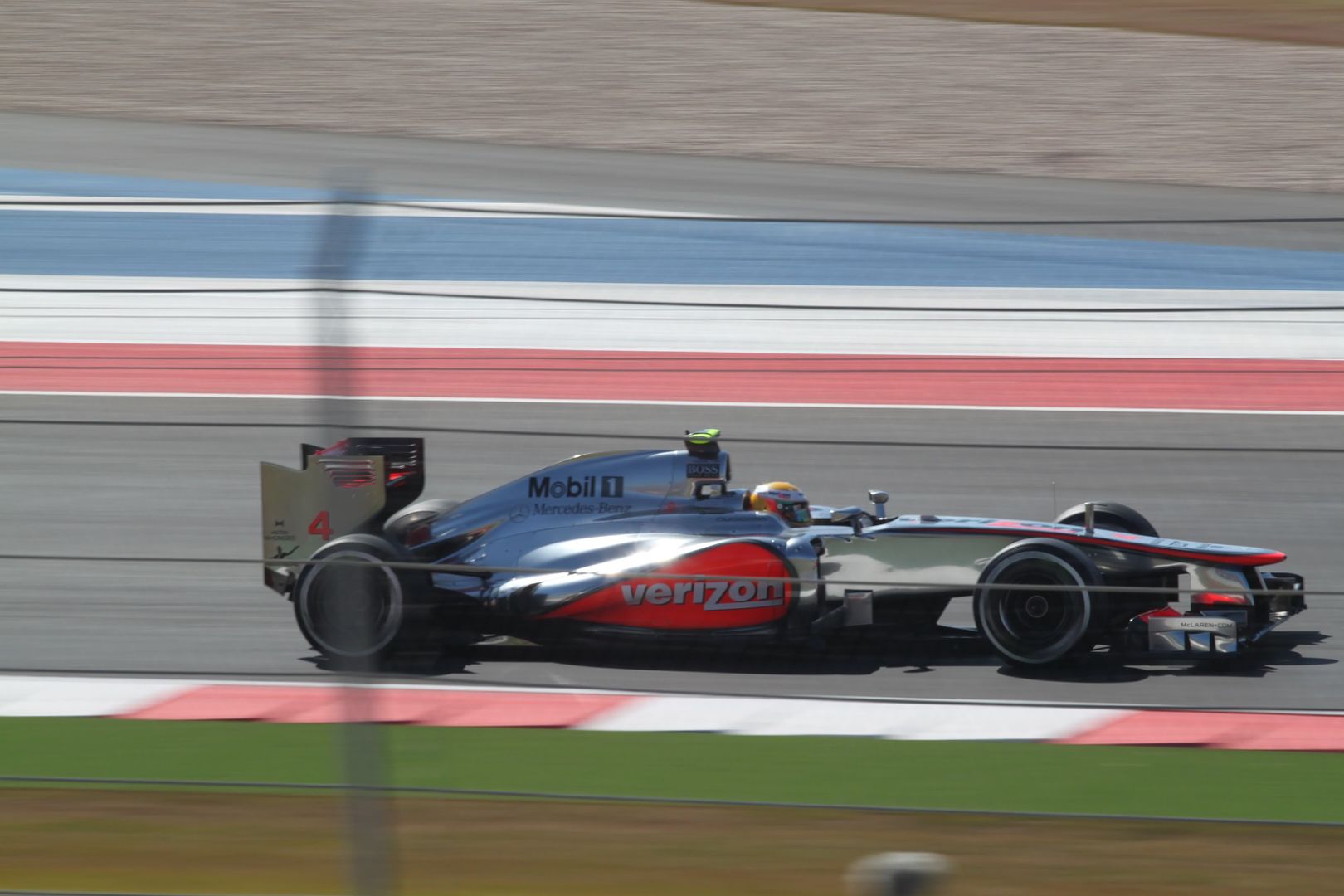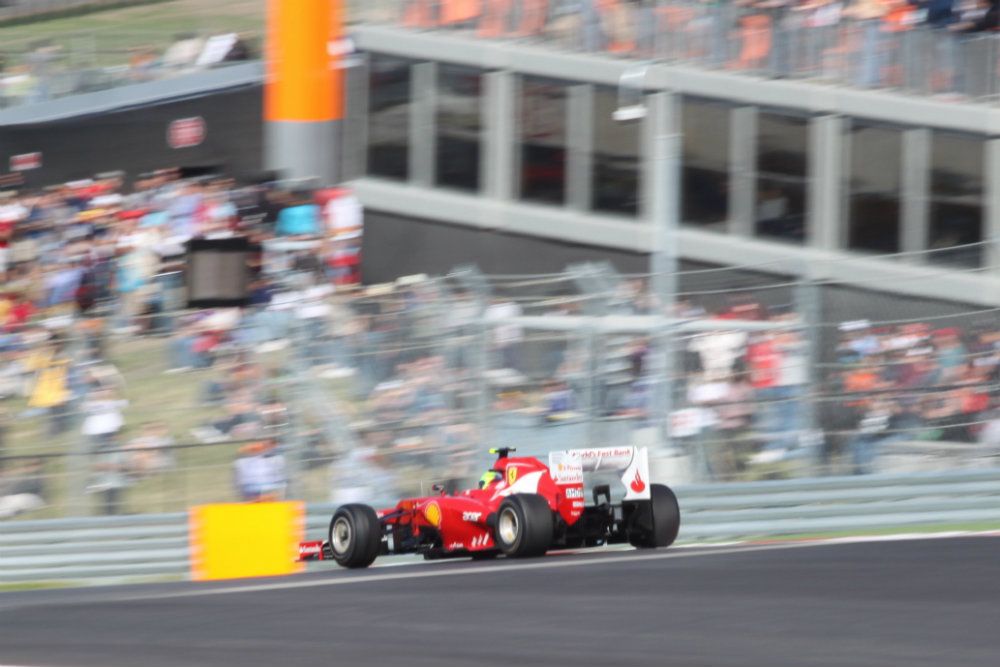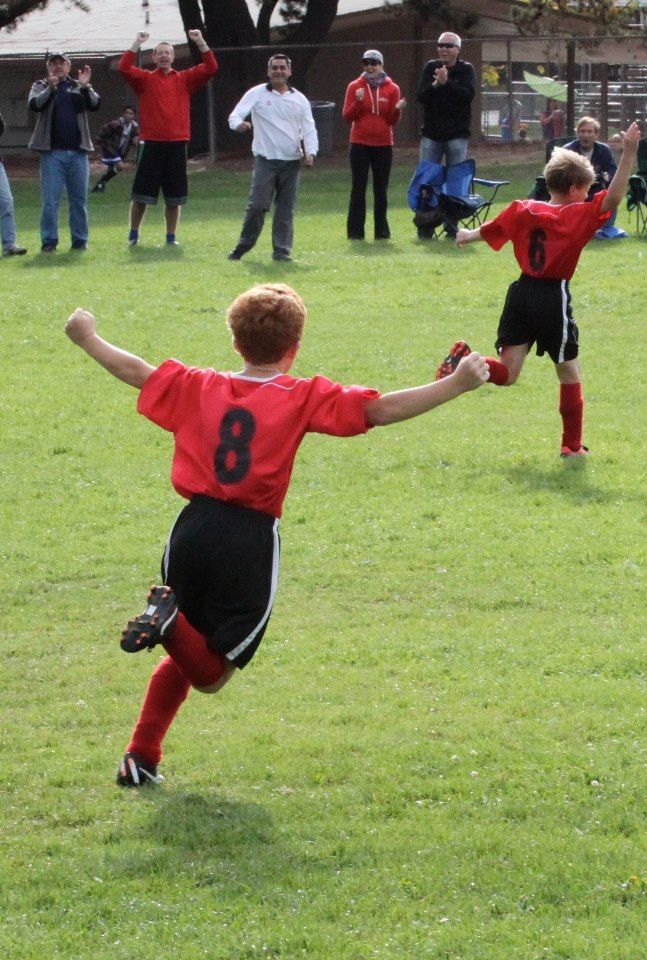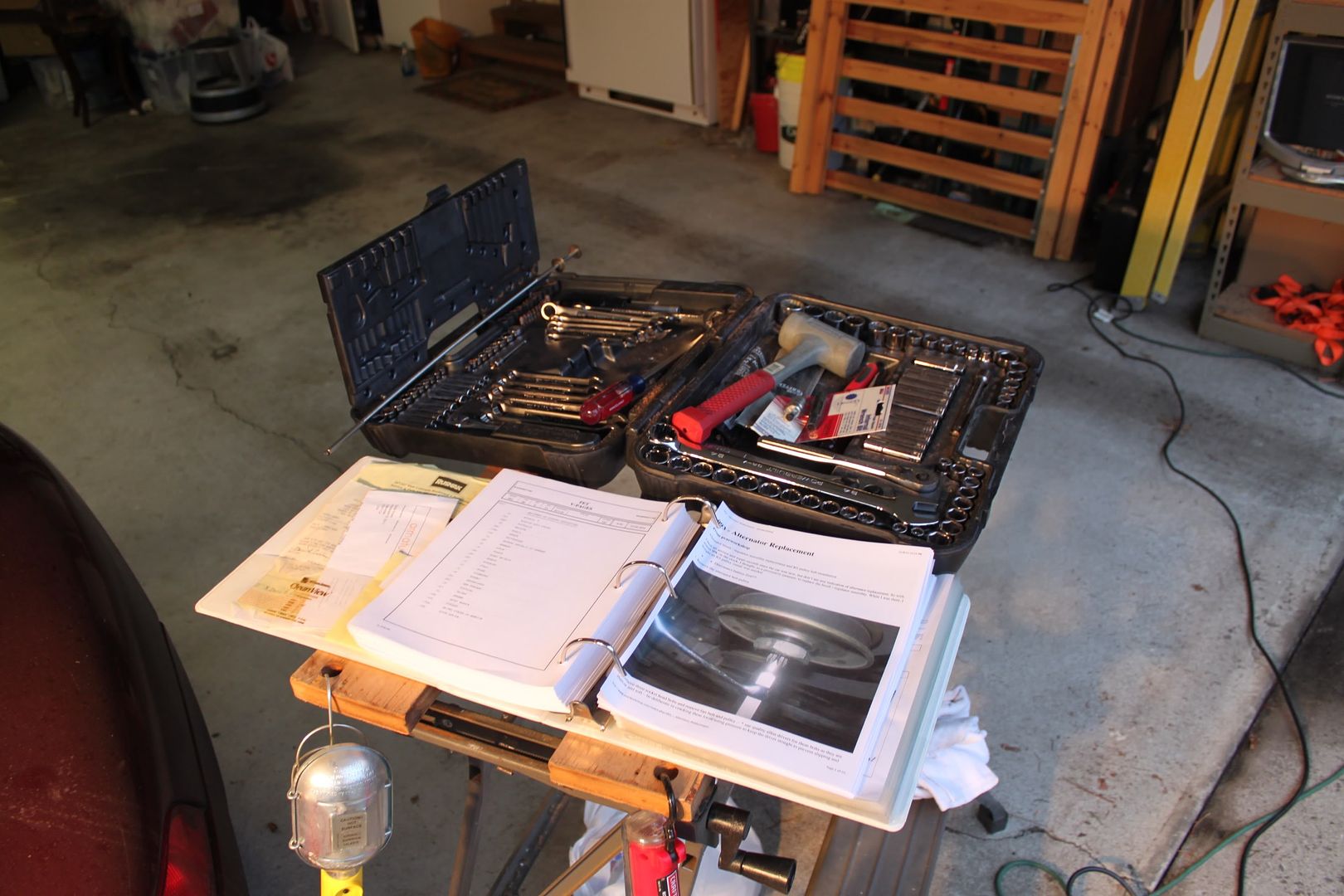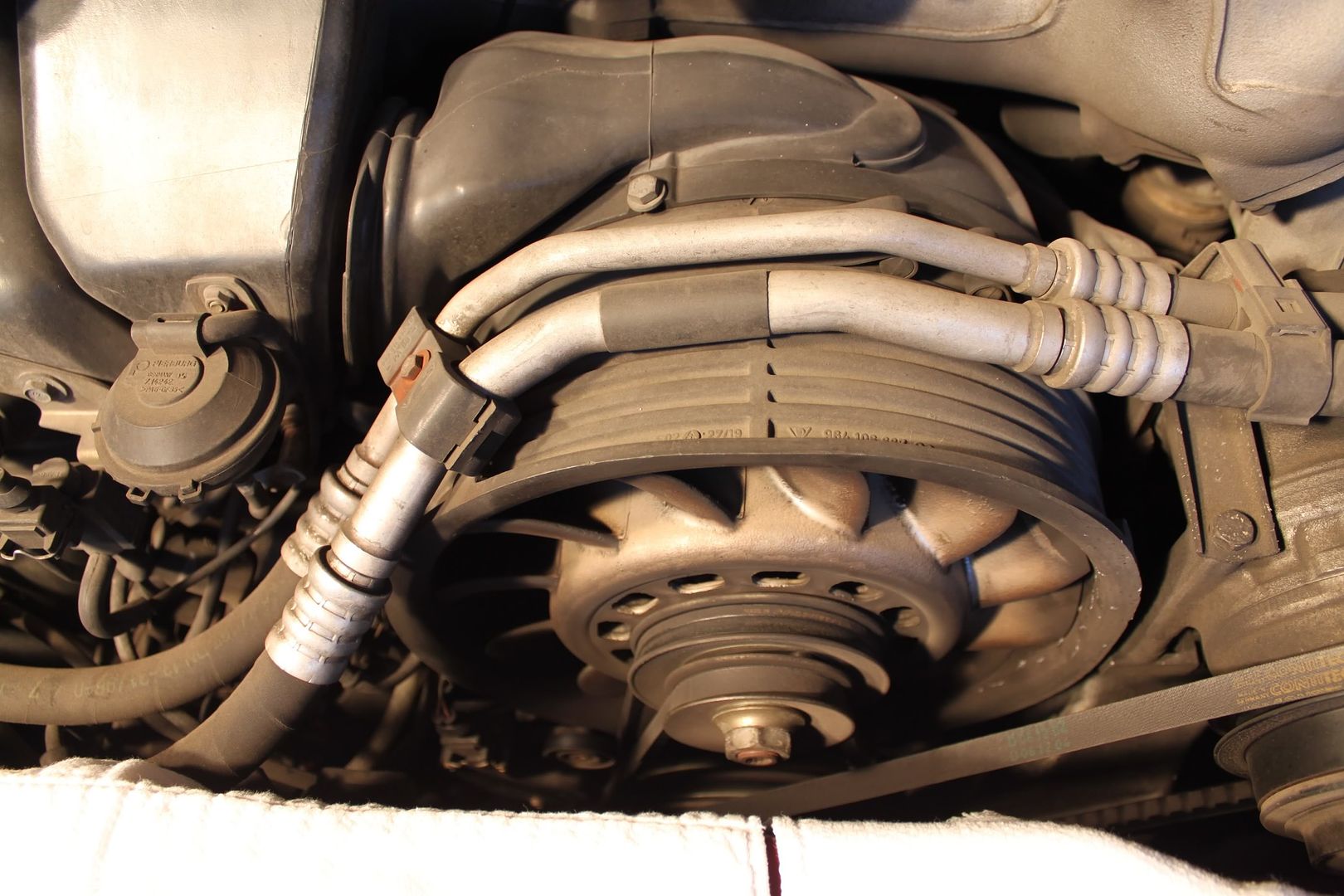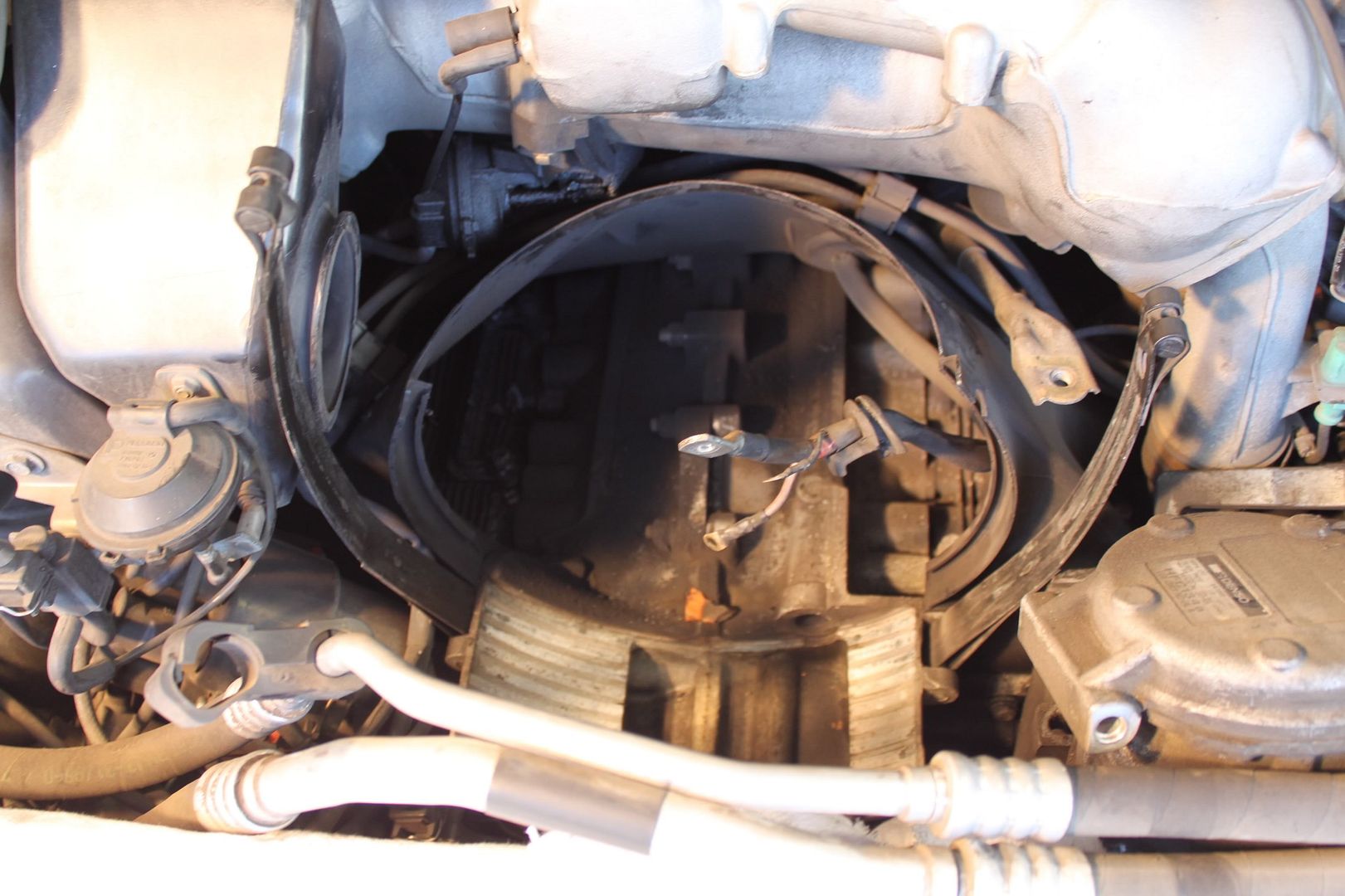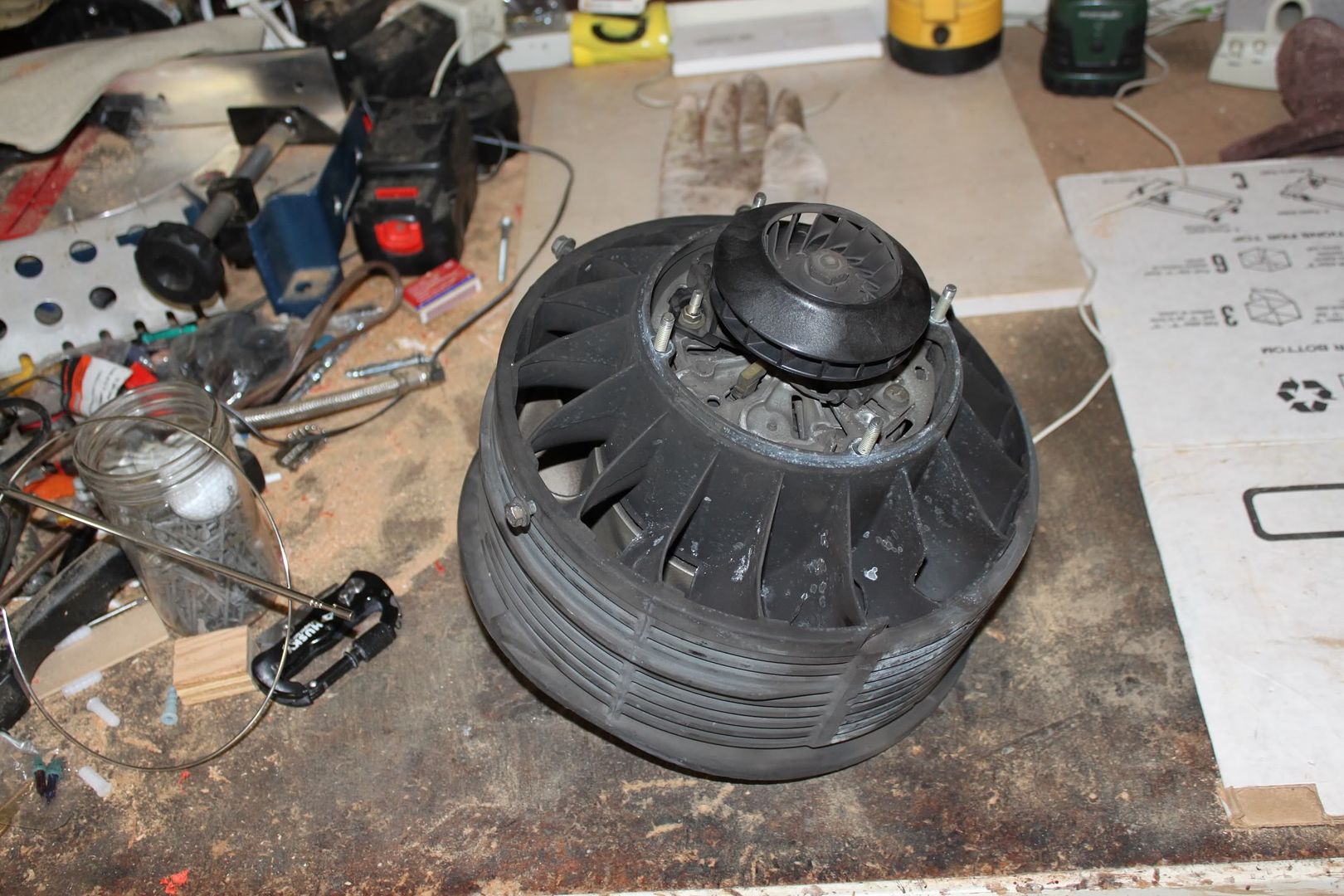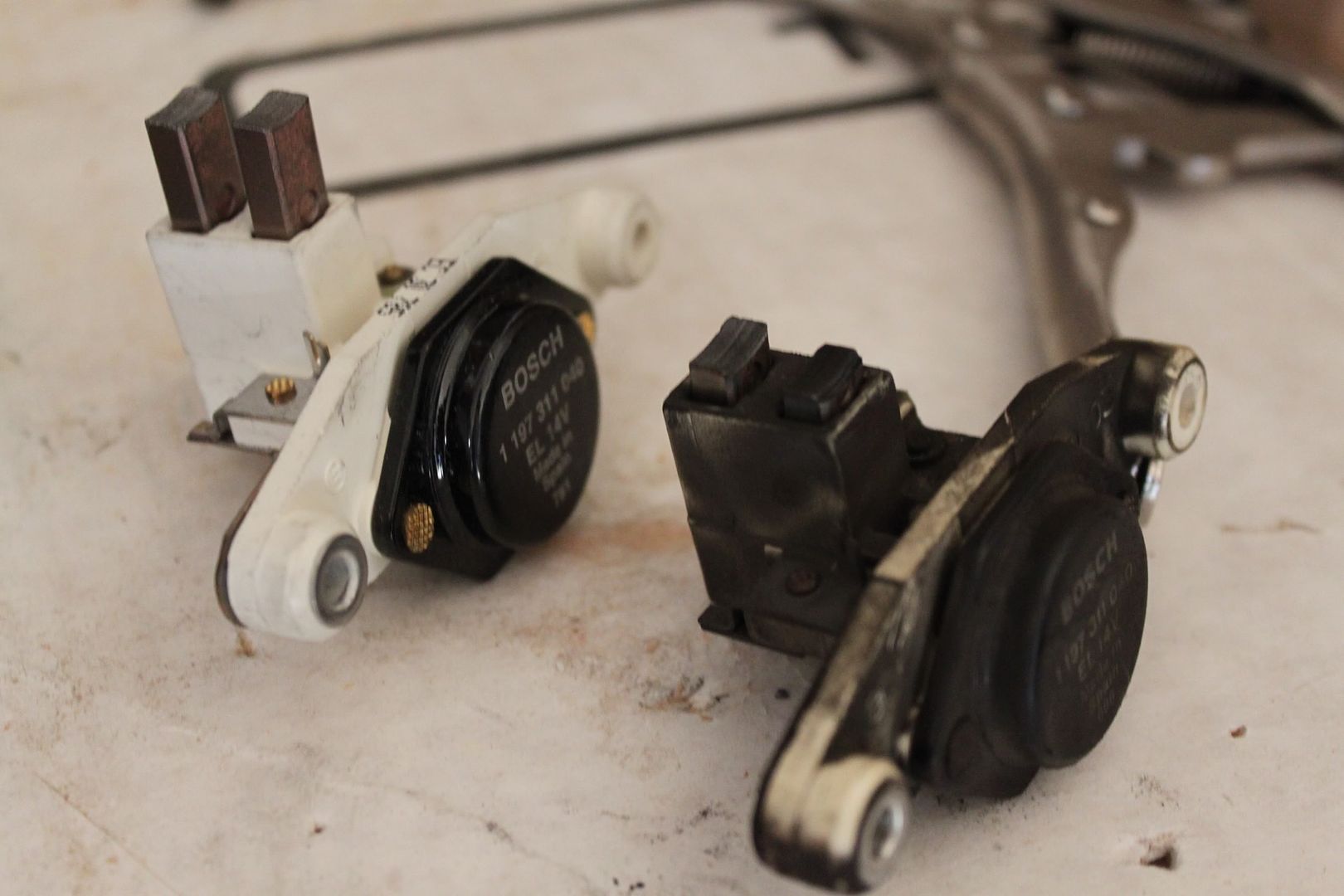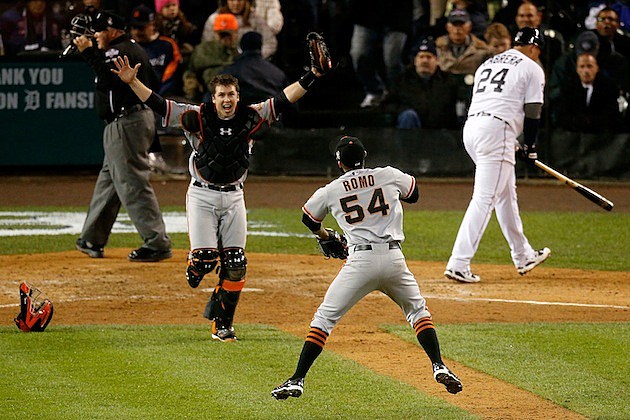It escaped the attention of most American sports fans and
nearly all other Americans, but Formula One returned to the United States in
November. Not only that, the F1 circus
came to a brand-new, purpose-built track constructed for that very purpose just
outside of Austin, Texas, something unprecedented in American sporting history. In the motorsports world, this was a Big
Deal. Amazingly, I was able to be a part
of the race weekend.
My friend Kevin was not only my baseball co-coach and
Kelly's last soccer coach, he is also an auto enthusiast of the first
order. We first connected in a way that
went beyond youth sports at one of Kelly's soccer games when he drove his race-prep
Audi to game. I noticed the track number
decals on the car, struck up a conversation about it, and a friendship borne of
a shared, unusual hobby began.
With the US Grand Prix scheduled for November, tickets for
the event went on sale in April (when the track was still very much under
construction). Kevin alerted me to it
and proposed that we both go to the race.
It was a no- brainer for me, pending approval from Cheryl. She graciously gave me a hall pass for the
weekend, recognizing how excited I was, even though, even after more than 20
years of being around me, does not understand the appeal of auto racing. With that, we booked hotel rooms in San
Antonio (Austin hotel rooms were scarce and pricey, and San Antonio was only an
hour away), booked the flight with frequent flyer benefits, arranged for a
rental car, and then sat back and waited for six months.
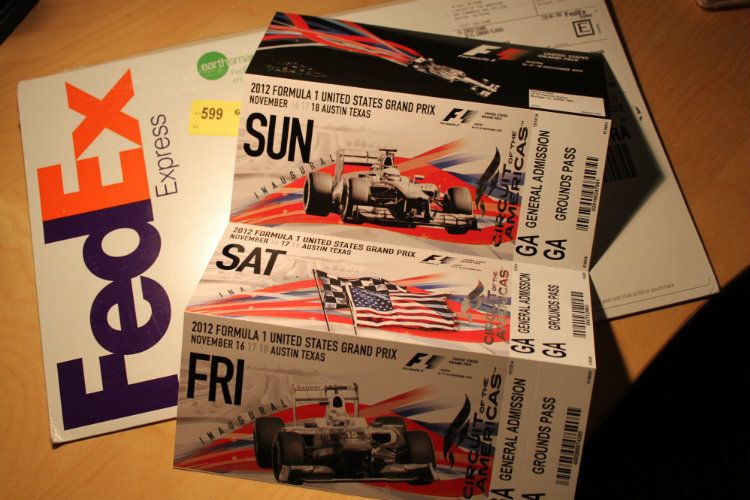 |
| I'm really going! |
When the weekend finally arrived, we flew directly to Austin
and stayed Thursday night with one of Kevin's colleagues and his wife, a
sociology professor at the University of Texas.
Kevin obtained his masters degree at UT, so he and his friends had a lot
in common to talk about and fun little haunts to show me around town. We had a great evening in their home, and did
our best to explain what the whole Formula One thing was all about. The people of Austin have lived with the
battles -- political, financial and otherwise -- to get the track built in
their community, and the day of reckoning had finally arrived, bearing with it
a sport and personalities about which the locals knew almost nothing.
After a very fun evening, we headed to the track Friday
morning. The track was built out of
scrubby ranchland a few miles east of Austin.
The biggest fear for all who would be attending was access, as there are
only two or three small rural roads that went to the venue. The organizers arranged for hundreds of buses
to run between the track and the city, which did an admirable job of
alleviating traffic congestion over the course of the weekend. We opted for a parking pass, and had no
trouble getting to our assigned parking lot.
It had been years since I had been to a professional auto
race, and I was as giddy as a five-year-old pulling into the parking lot at
Disneyland. We arrived just as the first
Friday morning practice session for the Formula One cars was coming to an end. Grinning like an idiot, I rolled my window
down as we parked just to hear the scream of the race cars' engines. Those engines, incidentally, are
mind-bogglingly loud. Ear protection
makes the whole thing easily tolerable, but being around those cars driven in
anger with my ear buds out made me very glad I had them.
We spent the entire day at the track, exploring nearly all
of the grounds for the best vantage points.
All the while, the track was filled either with Formula One cars, or
cars from the supporting races, including the Ferrari 458 Challenge series, a
Porsche Cup series, and vintage (1965-1983) Formula 1 cars. After the last practice session in the
afternoon, we drove to our hotel in San Antonio using the brand-new 85 mph toll
road, which took us about halfway to San Antonio. The road was a marvel: gentle curves through
low rolling hills, no billboards, the strip malls, and no traffic. Oh, and an 85 mph speed limit.
In San Antonio, we stayed along the Riverwalk. That may be a cliché, but it was fun to be
among tons of other race fans. The tire
manufacturer Pirelli posted an enormous contingent of their personnel in our
hotel, and many other fans were in evidence, sporting various automotive and
racing-affiliated gear. We fielded
questions from several people who were trying to figure out what all the fuss
was about.
Saturday morning the hightailed it back to the track to
spend the day watching more practice sessions and the qualifying session for
the races. The race was next to last on
the calendar for the season, and the battle for the driver’s championship was
close but could be determined at Austin, so there was a lot of intensity
surrounding the Formula One qualifying session.
Surprisingly, even though the live experience at an auto race is much
different than the televised experience, in that there is no commentary and it
is difficult to know what is going on out the far reaches of the track, the
many video boards and rentable real-time telemetry gadgets did a good job of
keeping us informed of each new development as the best drivers topped each
other to reach pole position.
After another full day (and a pretty pronounced facial
sunburn), we stayed in Austin for dinner and to explore the fan events that
took over downtown Austin. We also had a
chance to walk around the legendary Sixth Street, where live music tumbled out
of nearly every doorway.
Race day dawned just as every other day had: comfortably
warm with not a cloud in the sky.
Attendance at the track increased each day, and peaked on Sunday at
about 117,000 spectators. We encountered
some traffic entering the track, and there were many more people that found our
chosen seating area on a large slope overlooking turns 19 in 20, but overall
the crowds were not a problem.
The race
itself was tense and dramatic, as the championship leader was unable to hold
off a strong challenge from a rival, guaranteeing that the championship would
not be resolved until the next race. All
told, the racing all weekend was excellent; the venue, while barely finished,
was terrific for the drivers and spectators alike, and even the feared traffic
hassles failed to materialize in any significant way.
Although the event was the United States Grand Prix, held at
the Circuit of the Americus, it might as well have been the Grand Prix of
Texas. Half of the food concessions were
Texas barbecue, the national anthem was sung with the twangiest of country
twangs, and instead of traditional baseball caps emblazoned with the sponsor's
logo, the podium finishers received massive cowboy hats … emblazoned with the
sponsor's logo. The drivers and teams,
by all accounts, had a great time, enjoyed the region and the festivities, and
loved the new track. It all bodes well
for the future, although it remains to be seen whether races over the next
coming years will draw as well as this year's did. I expect many people were like me, looking to
fulfill a long-time dream of attending a Formula One race. Having done so, I and many people like me
will probably not go back every year. It
would be a shame if attendance declined, because the event is well run, the
track is a great venue and the overall experience is that of a top-notch
sporting event.
For those who like this sort of thing, the opportunity to
see vintage old racers like these take the track at speed was an unexpected and
welcome pleasure:
Of course, we were all there to see these guys:
These short clips do not begin to convey the noise these
things put out, nor does it transmit the excitement that comes from
experiencing these beasts rip into view and hammer away into the distance, but
it is at least a sample of some of what we saw:
Historic Racers:
The Race:
Boring? Not a chance.
Anyone who has been enthusiastic about anything knows that the enjoyment comes
from knowing and understanding the details.
By the end of the weekend, we could identify several teams just by the
sound their cars made (and, knowing those teams, where they probably were in
the running order). It was a
spectacularly fun weekend for me, partly because I enjoy this sport, and partly
because it was the first “boys’ weekend out” I’d had in about a dozen years. Other than trashing my phone the morning we
were to leave (there’s another story), it was an absolutely perfect trip.

